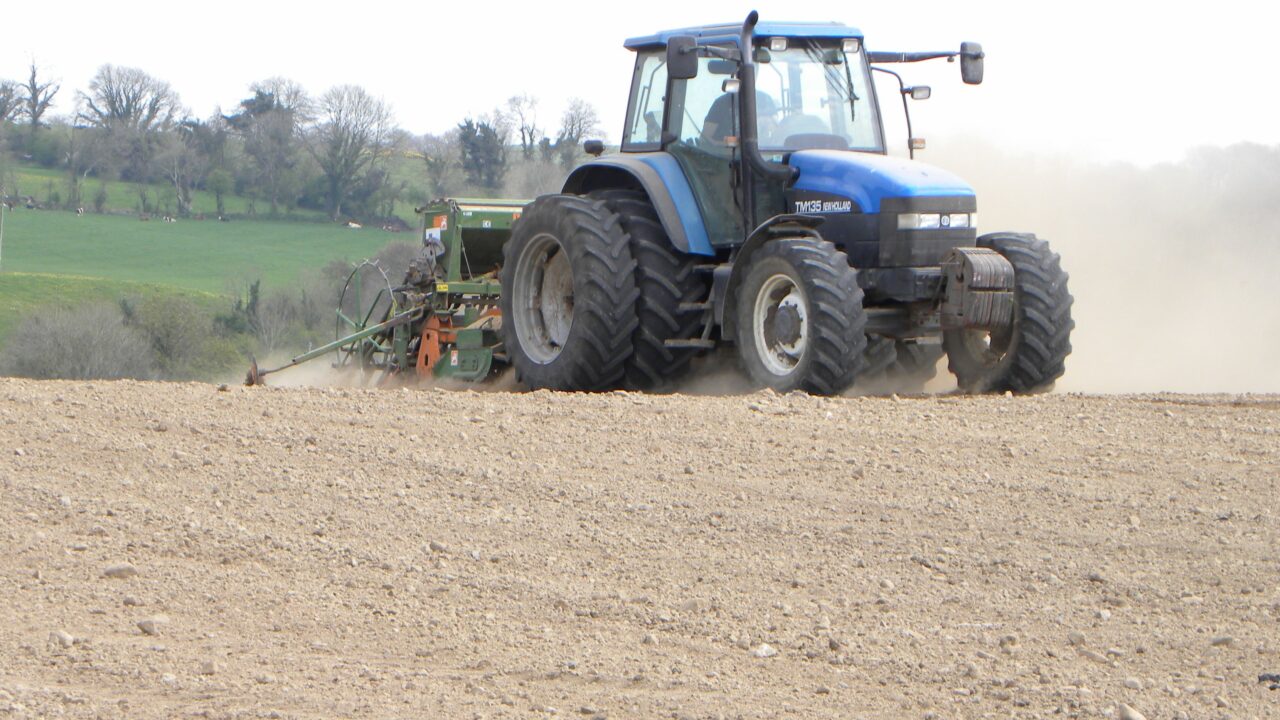Production costs for tillage farmers producing cereals in 2023 are expected to be 60% higher than in 2021, according projections from Teagasc.
In monetary terms, typical inputs costs are expected to reach €183,000 per 100 hectares next year, which is an increase of €69,500 on 2021 figures.
It means that the breakeven costs of production for winter wheat will be €202/t and €200/t for spring barley.
These figures were discussed yesterday (Thursday, July 28) by a sub-committee of the National Fodder and Food Security Committee.
Also highlighted in that discussion were industry indications that fertiliser availability is currently low for autumn planting and for next spring.
And, forward prices for September 2023 have sharply declined since May with the unknown fate of grain stored in Ukraine adding further to the risks.
Proposals
Following a recent request from Minister for Agriculture, Food and the Marine Charlie McConalogue, the group has agreed on a set of proposals to further grow the national tillage area in 2023.
The sub-committee finalised and submitted these proposals to the the Department of Agriculture, Food and the Marine today (Friday, July 29), which include:
- A flat-rate support payment and/or risk-management measures based on grain/fertiliser ratios, and price-insurance mechanisms aimed at de-risking the growing of tillage crops should be considered here;
- Continue with the Tillage Incentive Scheme (TIS) into 2023, target it to ensure production is maximised, and promote grain crops that substitute for dry-feed imports;
- Continue supports for protein crops to ensure an increasing supply of native proteins for the food and feed industries;
- Continue supports through the Straw Incorporation Measure (SIM) with opportunities to increase eligible area per farm and/or payment rate per hectare;
- Create more opportunities for growers and contractors to avail of investment-support mechanisms under the Targeted Agricultural Modernisation Scheme (TAMS) and future similar schemes;
- Develop the processing sector to take advantage of value-added opportunities for Irish crops. This would create greater opportunities for Irish grown crops within higher-value food-chain streams, including increased opportunities for exports, and leveraging on Ireland’s quality assurance and Origin Green credentials and standards;
- Develop opportunities to leverage the benefits of home-grown grains over imported alternatives in terms of carbon footprint and food miles for both food products and animal feeds.
More specific proposals from the individual organisations listed below were also included in the submission:
- Association of Farm & Forestry Contractors in Ireland;
- Acorn Independent merchants;
- Irish Grain Growers Group;
- Irish Farmers’ Association;
- Irish Grain & Feed Association;
- Irish Cattle & Sheep Farmers’ Association.
At yesterday’s meeting, some members of the committee also called on Bord Bia to include the tillage sector in the Origin Green scheme, and there was also a request for clarity on nitrates regulations.
Cost of production
Michael Hennessey, head of Crops Knowledge Transfer at Teagasc, told yesterday’s meeting that the estimated breakeven price in 2022 for barley and wheat will be in the region of €170/t.
He said that input cost signals for the 2023 season indicate significant further cost increases when compared to 2021 figures.
Some committee members questioned why current prices were not used for the Teagasc modelling.
While Teagasc said that production is likely to be relatively good this year, some members noted that early harvests have been difficult for some farmers in terms of yields.
Hennessy said that tillage farmers are worried about the risks associated with growing crops in 2023, due to uncertainty about grain markets and fertiliser availability.
Low profitability, relative to dairy farming, along with competition for land has resulted in a 13% decrease in tillage area between 2012 and 2020.
However, there has been an 8% recovery in the tillage area since 2020, crop area statistics for 2022 indicating 348,573ha of tillage crops, of which 288,500ha are cereals and 60,000ha of other crops.
Despite this, the sector supports 11,000 full-time equivalent jobs and contributes €1.3 billion to the Irish economy.
